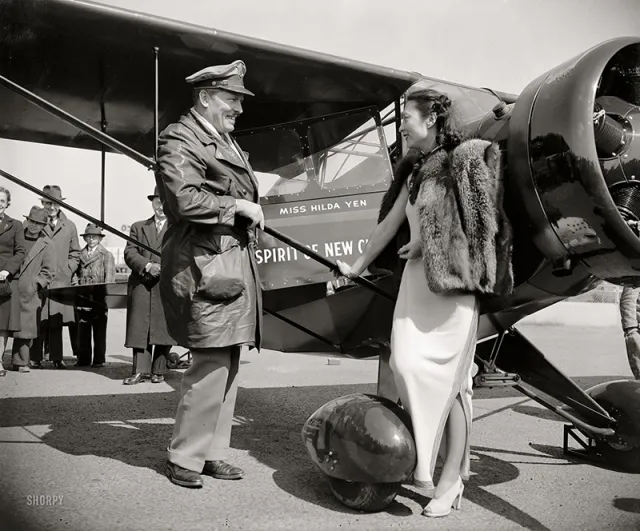Smith’s Roots in Asia
Our ties go back over a century.
Smith’s First Asian Student
Tei Ninomiya graduated from Smith in 1910. A native of Japan, her college education in another country was remarkable for the time. As a student she wrote, “There is, however, one thing which is far more important than the rest—that is, the cultivation of the thought of women as individuals, with minds and souls to be trained to their highest possibilities.”
Partnership With Ginling College
In 1913, two women leaders in the American social reform movement, Helen Montgomery—a Wellesley alumna—and Lucy Peabody, came up with an idea to pair seven recently founded women’s colleges in Asia with seven American sister colleges. Smith’s partner was Ginling College in Nanjing, a connection that lasted more than three decades. There was a Ginling representative in every Smith club in America. In some years, the college and its alumnae were estimated to have provided one quarter of Ginling’s annual budget. Ginling was the first university granting bachelor’s degrees to female students in China.
 Founder of the Modern Physics Institute
Founder of the Modern Physics Institute
Xie Xide graduated from Smith College in 1949, then completed her Ph.D. in physics at the Massachusetts Institute of Technology in 1951. In 1952 she began working at Fudan University in Shanghai as a lecturer. By 1956 she was an associate professor of physics there, and by 1962 she became a full professor. In 1977, she founded the Modern Physics Institute at Fudan. Through this institute, she obtained funding for the establishment of modern research laboratories and helped revive the physics culture in China by aiding hundreds of young physicists to find opportunities to train abroad. In 1983, Fudan University chose Xie to be the first woman president of a major university in socialist China and many laud her as being a key figure in the development of China’s educational relations with the international community.
Pioneering Aviatrix
Hilda Yen of the class of 1926 was the niece of the Chinese ambassador to the United States. She earned degrees from both Smith College and Yale. She also learned to fly airplanes, a skill that few could attain in those days. Yen became famous for this, and was spoken of in the same breath as her contemporary, Amelia Earhart. She embarked on extended flights across the United States, speaking on international peace, pointing to the needs of China against the looming aggressions of the era. Later, Yen joined the Department of Public Information at the United Nations, and traveled the United States to lecture and win support for the new organization.
